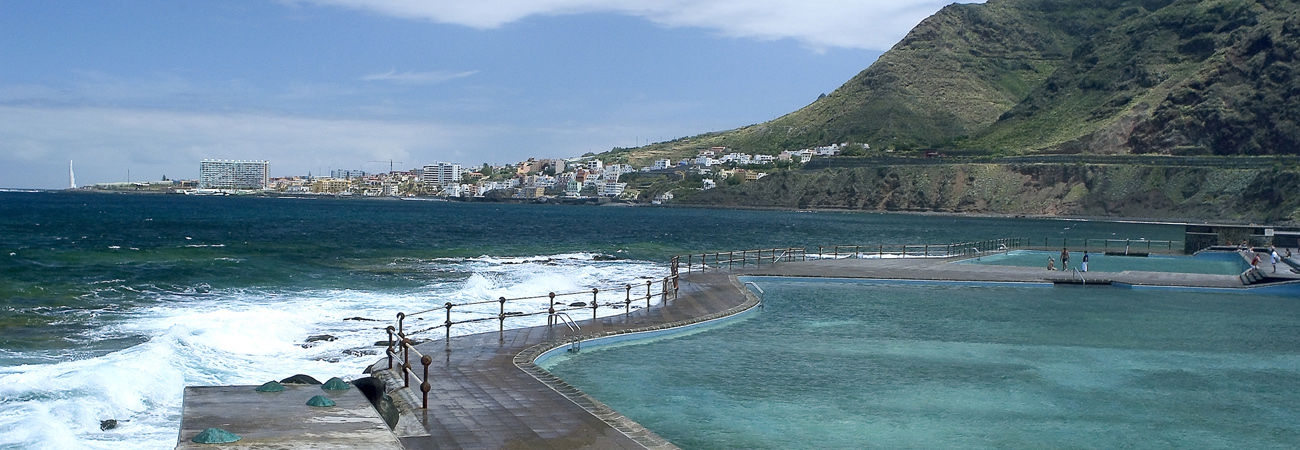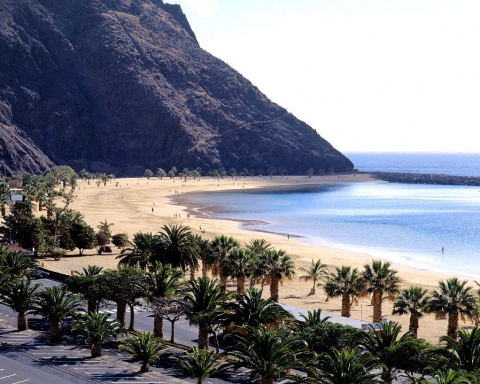Santa Cruz de Tenerife
Santa Cruz is the capital of both the island and of the province of the same name. With more than 200,000 inhabitants, it is a modern, cheerful and cosmopolitan city. Everyday life takes place along the broad avenues, inviting and empty squares and bustling streets.
There is a permanent exhibition of sculptures in the boulevards and gardens (do not miss the Garcíua Sanabria Municipal Park). These include some of the world's most famous artists such as Moore, along with the works of avant-garde local artists, like José Abad. The fine shops have just about anything you could want from anywhere in the world at very reasonable prices.
Santa Cruz rises like an amphitheatre from the ocean. It is an important port, a hub for communications between Europe, Africa and America, with ships of all flags arriving every day.
The city has important architectural monuments, like the churches of La Concepción and San Francisco.
The San Francisco church is a fine example of 17th century Baroque; the Carta Mansion, also 17th century; the Candelaria and Caídos monuments; the sculptures of Juan de Avalos, at the confluence of Las Ramblas and Avenida Anaga; the Palacio Insula, seat of the Island Cabildo (government); Paso Alto Castle-Fortress; San Juan Castle, etc.
A few kilometres from the centre, near the fishing village of San Andrés, you will find Las Teresitas beach, with its golden sands. The city also has other bathing areas, such as the "Parque Maritimo Cesar Manrique", the work of the famous artist from Lanzarote.
The city also has history, science, anthropology museums, art galleries, cinemas, cultural centres and theatre. Social and cultural life in Santa Cruz is very intense. The borough of Santa Cruz encompasses rural villages and hamlets in the area of Anaga that are well worth visiting if you are looking for something typical.








